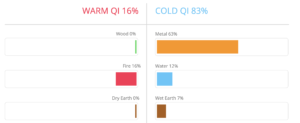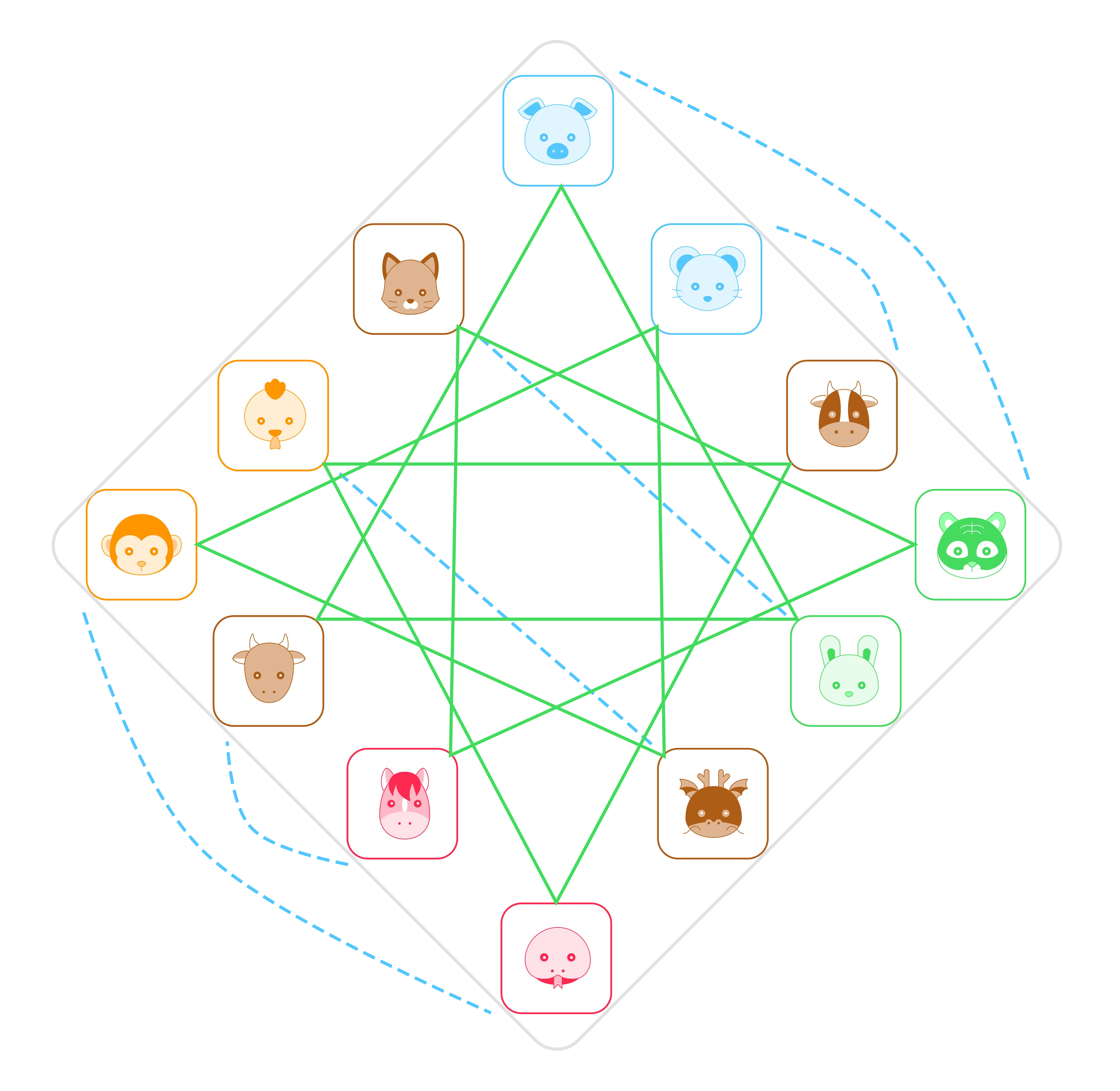What is Mangpai or Blindman School BaZi?
There are several schools and approaches to BaZi chart analysis. At Talent Hero, we primarily follow the Mangpai school, which we prefer for its intuitive and natural methodology. We view the BaZi chart as a living, breathing ecosystem, much like the natural world around us.
Mangpai BaZi, also known as Blindman BaZi, is a traditional approach to Chinese astrology and BaZi (Four Pillars of Destiny) that emphasizes intuitive and non-standard methods of chart analysis. The term “Mangpai” literally means “Blind School” or “School of the Blind,” and it originates from the belief that this method was used by blind fortune tellers in ancient China. Here’s a detailed explanation of Mangpai BaZi, its principles, and how it differs from other BaZi approaches:
Principles of Mangpai BaZi
-
Intuitive Analysis: Mangpai BaZi relies heavily on intuition and the practitioner’s deep understanding of the elements and their interactions. Practitioners often develop a keen sense of interpreting the flow of Qi (energy) within the chart.
-
Direct Interpretation of Heavenly Stems and Earthly Branches: Unlike some other BaZi schools that place a significant focus on ten gods and detailed element interactions, Mangpai practitioners emphasize the direct interpretation of the Heavenly Stems and Earthly Branches. They look at the direct manifestations and interactions of these elements to draw conclusions.
-
Simplified Techniques: Mangpai BaZi tends to use simplified techniques and fewer complex rules. The focus is on understanding the overall energy dynamics rather than getting bogged down by intricate formulas and detailed computations.
-
Practical and Real-World Insights: This approach is known for its practical application and real-world relevance. Mangpai BaZi readings often provide straightforward and actionable insights rather than abstract or overly theoretical advice.
Key Concepts in Mangpai BaZi
-
Qi Flow and Balance: Understanding the flow and balance of Qi is central to Mangpai BaZi. Practitioners assess how the elements in the chart support or counteract each other, focusing on the overall harmony or disharmony within the chart.
-
Direct Use of Stems and Branches: Each Heavenly Stem and Earthly Branch is considered for its intrinsic qualities and how they affect the individual’s life. There is less emphasis on derived elements or combinations and more on the straightforward interpretation of what is present.
-
Impact of Seasonal Influence: The seasonal influence plays a crucial role in Mangpai BaZi. The strength and nature of each element are considered in the context of the season it is born in, which affects its power and function.
-
Simplified Five Elements Theory: While traditional BaZi uses a detailed approach to the Five Elements (Wood, Fire, Earth, Metal, Water), Mangpai BaZi often simplifies this by focusing on the most dominant elements and their direct interactions.
- Separating Earth into Dry and Wet Earth: Earth Element is classified as wet or dry, so for example Earth within the Dog and Goat are considered dry, while Earth within Ox and Dragon are considered wet.
 Differences from Traditional BaZi
Differences from Traditional BaZi
-
Emphasis on Simplicity: Traditional BaZi can be quite complex, with detailed rules for interactions, transformations, and element cycles. Mangpai BaZi, by contrast, aims for simplicity and clarity, often avoiding overly intricate rules.
-
Intuition over Methodology: Traditional BaZi relies heavily on established methodologies and rules, while Mangpai BaZi allows for more intuitive and spontaneous interpretations. This makes it more flexible but also more reliant on the practitioner’s experience and insight.
-
Practicality and Relevance: Mangpai BaZi tends to be more focused on providing practical advice that can be directly applied to the individual’s life. It avoids overly abstract interpretations and aims to be immediately relevant.
Application and Practice
Mangpai BaZi practitioners are often known for their ability to quickly assess a person’s chart and provide meaningful insights. The practice involves:
- Chart Reading: Looking at the Four Pillars (year, month, day, hour) and understanding the primary influences.
- Qi Dynamics: Evaluating the flow and balance of Qi among the elements.
- Seasonal Considerations: Taking into account the season in which the person is born and how it affects the elements.
- Intuitive Insights: Using intuition and experience to conclude the person’s character, potential challenges, and opportunities.
Conclusion
Mangpai BaZi is a unique and traditional approach to BaZi analysis that emphasizes intuition, simplicity, and practical relevance. It offers a distinct perspective that contrasts with the more methodical and rule-based traditional BaZi schools. For those interested in a more intuitive and direct method of understanding their BaZi chart, Mangpai BaZi provides a valuable alternative. Its focus on the flow of Qi, direct interpretation of the stems and branches, and practical application make it a compelling approach within the broader field of Chinese metaphysics.
If you would like us to analyze your chart, using the Mangpai approach, please book a consultation with our expert.
Also published on Medium.



